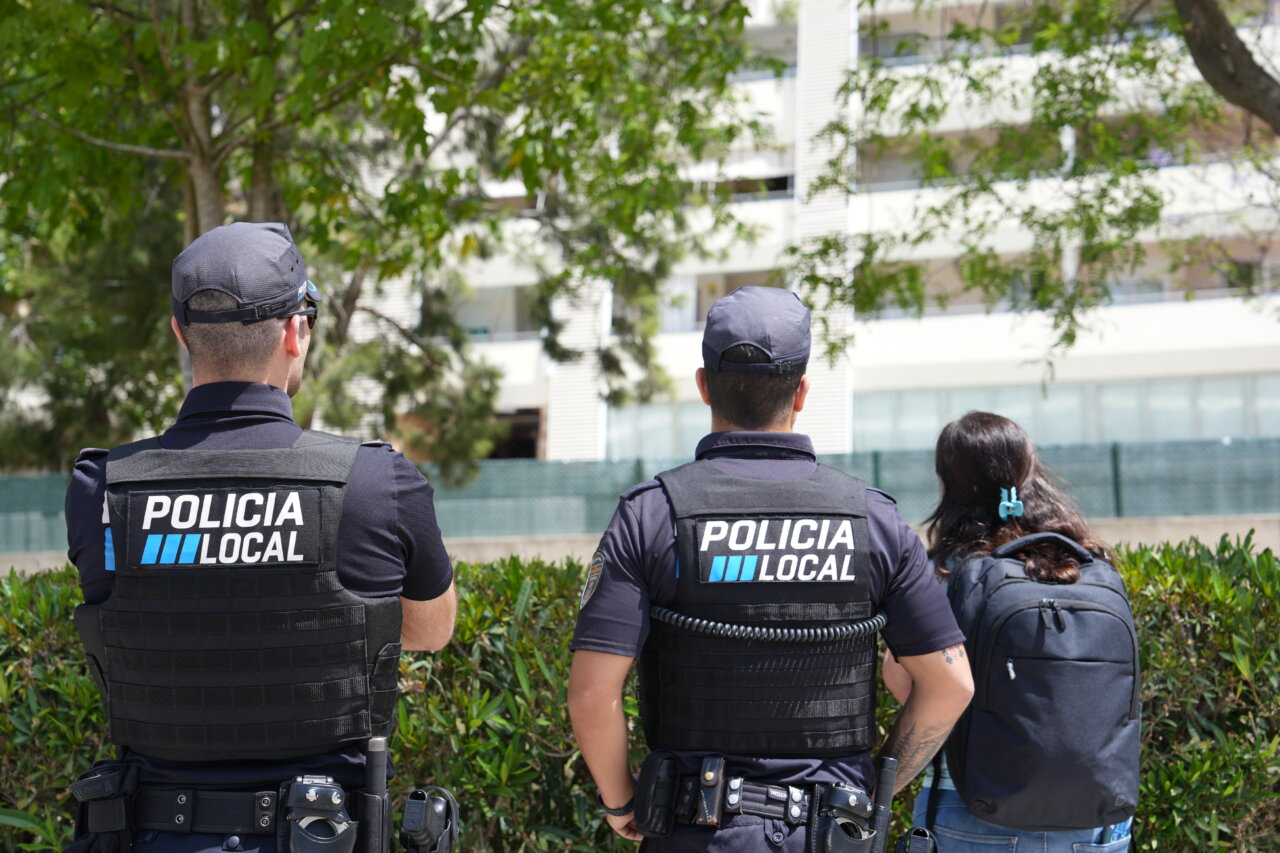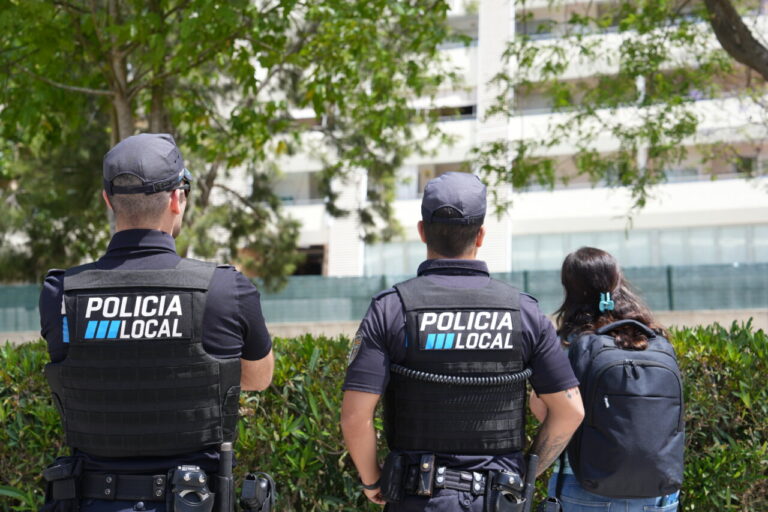The final stretch of the year brings with it one of the most eagerly awaited events for millions of retirees in Spain: the arrival of the Christmas bonus. This additional payment, which is added to the usual amount of the pension, represents an important economic relief on the eve of a holiday season in which expenses tend to skyrocket.
In 2025, the Christmas bonus will be paid together with the November pension, although the exact date will depend on each bank.
Although the Social Security establishes as a general rule that pensions must be paid between the 1st and 4th of the following month, for years banks have opted to advance the payment. This practice, which has become almost a tradition in the Spanish financial system, allows pensioners to have access to the money before the official start of December.
Dates on which banks plan to pay the Christmas bonus
The official confirmation from each entity has yet to be confirmed, but the calendars that the banks are handling point to a similar pattern to that of previous years. If there are no last minute changes, the estimated dates for the payment (which will include the ordinary monthly payment and the Christmas bonus) are as follows:
-
Bankinter: November 21
-
Unicaja: November 21
-
Santander: November 24
-
CaixaBank: November 24
-
BBVA: November 25
-
Sabadell: November 25
-
Abanca: November 25
-
ING: November 25
In practice, this translates into a double income on the same date: the monthly payment and the Christmas bonus. The advance payment has become a common strategy, especially since the digitalization of banking transactions. It is not a legal obligation, but it is a way of building customer loyalty and facilitating their financial planning in weeks of high consumption.
Who will get the extra pay

Most pensioners and beneficiaries of the system receive 14 payments a year: twelve monthly payments plus two extra payments, one in summer and one at Christmas. However, not all pensioners will receive this extraordinary bonus in November, as there are exceptions established by the Social Security.
The most significant cases are those in which the pension arises from an accident at work or an occupational disease. In these situations, the agency distributes the annual amount in 12 monthly payments, integrating the proportional part of the extra payments in each monthly payment: in other words, these beneficiaries do not receive a double payment, because their pension already includes all the concepts distributed during the year.
This same criterion applies to several death and survivor’s pensions (such as widowhood, orphanhood or benefits in favor of family members) when the death of the person giving rise to the right is due to an occupational accident or occupational disease.
For those in this group, the monthly income is somewhat higher than that of other pensioners, but there is no additional charge in November.








